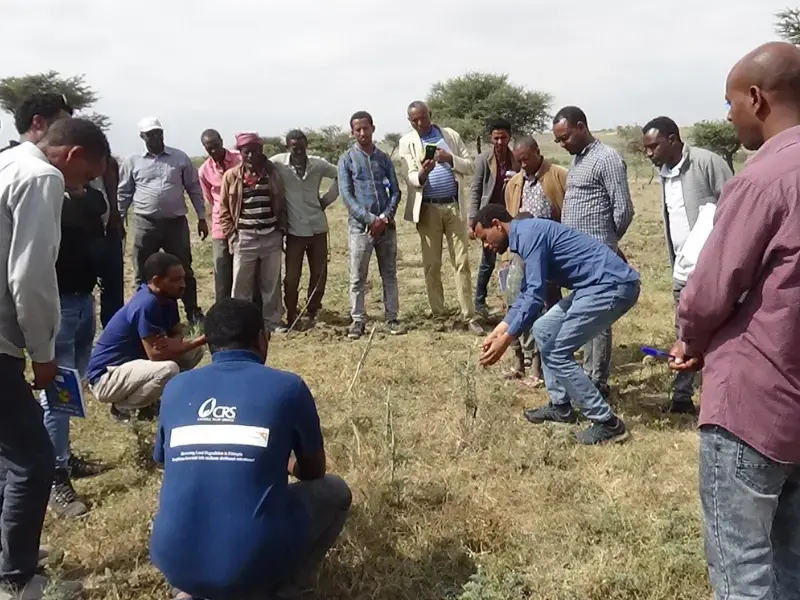World Vision is a Christian relief, development, and advocacy organization helping children, families, and communities worldwide reach their full potential by tackling the causes of poverty and injustice.
Founded in 1950, World Vision operates in nearly 100 countries with 44,000 staff, 95% of whom work in their home regions.
In 2016, World Vision’s focus areas include:
As one of the world’s largest technical implementers of environmental restoration to develop livelihoods, World Vision is proud to partner with AFR100 and African nations.
- Water Sanitation and Hygiene (WASH): World Vision is the world’s largest non-governmental provider of water, reaching one person with clean water every 10 seconds. In 2016, World Vision provided 4.6 million people with clean water, improved sanitation for 1.6 million, and improved hygiene for 3.2 million.
- Health: World Vision supported 220,000 community health workers in 48 countries, one of the world’s largest networks, teaching on maternal and newborn care, safe deliveries, vaccinations, nutrition, and more.
- Education: World Vision reached 4 million children in 60 countries with quality education programs and services.
- Humanitarian Emergency Relief: World Vision’s rapid response teams, with 600+ disaster experts, respond to emergencies worldwide within 24 hours. In 2016, World Vision responded to 130 emergencies in 63 countries, assisting 15.4 million people.
- Microfinance: World Vision awarded $728.4m million in microloans through the Vision Fund to 1.2 million people in 31 countries, 72% of whom are women.
- Food Security and Livelihoods: World Vision’s integrated agriculture development model THRIVE improves the business of small-holder farming by a) introducing an empowered worldview, b) facilitating savings groups and access to financial services, c) implementing farming practices that increase yields and manage natural resources, and d) deploying early warning systems for emergencies.
- Environmental Restoration: World Vision’ Australian team pioneered large-scale implementation of Farmer Managed Natural Regeneration (FMNR) in Africa, amongst the most sustainable and scalable landscape reforestation techniques.
As one of the world’s largest technical implementers of environmental restoration to develop livelihoods, World Vision is proud to partner with AFR100 and African nations.
In Africa, World Vision works in 26 countries with over 12,000 staff on the ground covering an operational area of some 85 million hectares. World Vision has a long history of implementing environmental restoration in Africa; significantly improving livelihoods and resilience. World Vision Australia hosts the FMNR Hub, a global center of information that documents FMNR best practices worldwide, collates the growing evidence base for FMNR, and provides accessible training and development.
In the early 80’s Tony Rinaudo, a young Australian agricultural missionary to Niger, pioneered Famer Managed Natural Regeneration (FMNR); one of the most sustainable and scalable approaches of landscape reforestation and environmental restoration of degraded land. His initial work amongst local farmers mushroomed into a movement that in just two decades saw 5 million hectares of Niger’s degraded farmland regenerated with some 200 million trees using FMNR. Farmers were producing an additional 500,000 tons of cereals a year – enough to feed 2.5 million people. Gross income had grown by $1,000 per household each year, equivalent to $900 million/year nationally, benefiting 4.5 million people, confirmed by studies showing that FMNR led to significant food security and livelihoods improvement. In that period, Tony joined World Vision in the Australian office and as Principal Advisor: Natural Resources, Food Security and Climate Change, today he is an acknowledged global thought and practice leader in FMNR. World Vision has continued to implement integrate environmental restoration and livelihoods development.
Resources/Media:
What is Farmer Managed Natural Regeneration
Farmer Managed Natural Regeneration changing lives in Uganda


